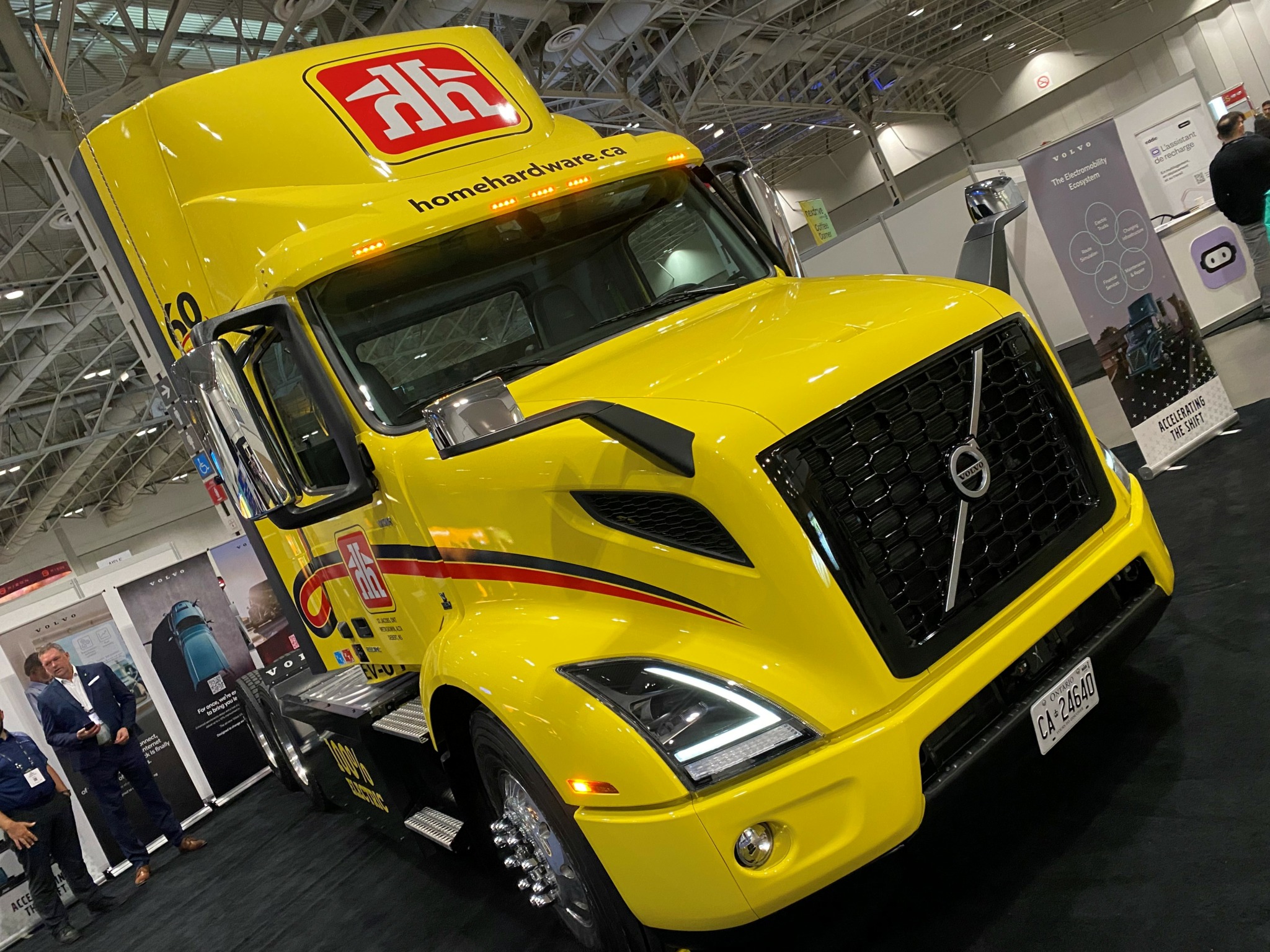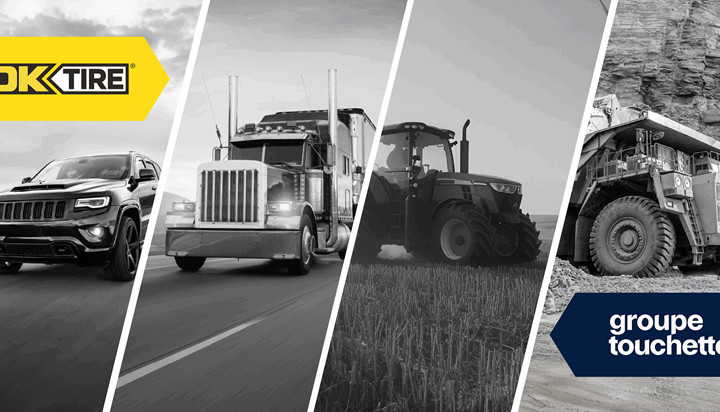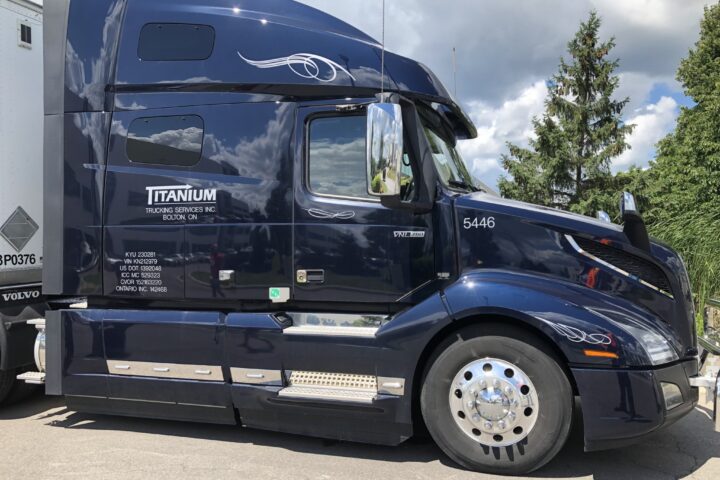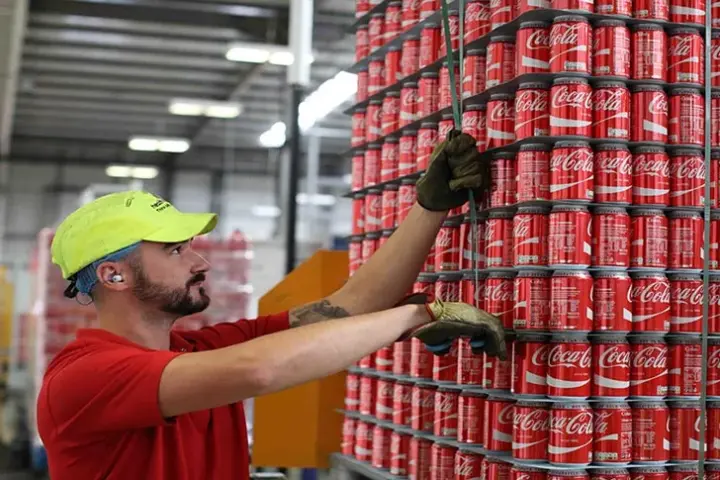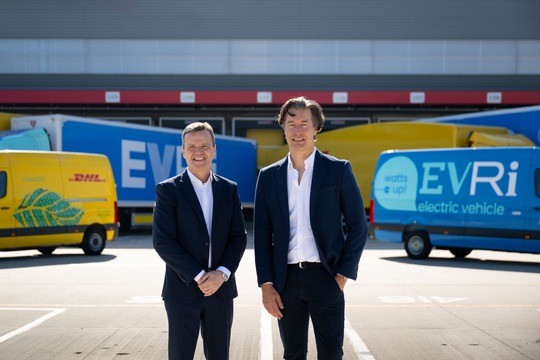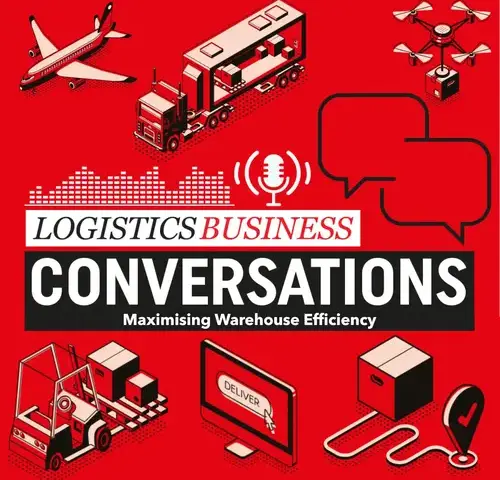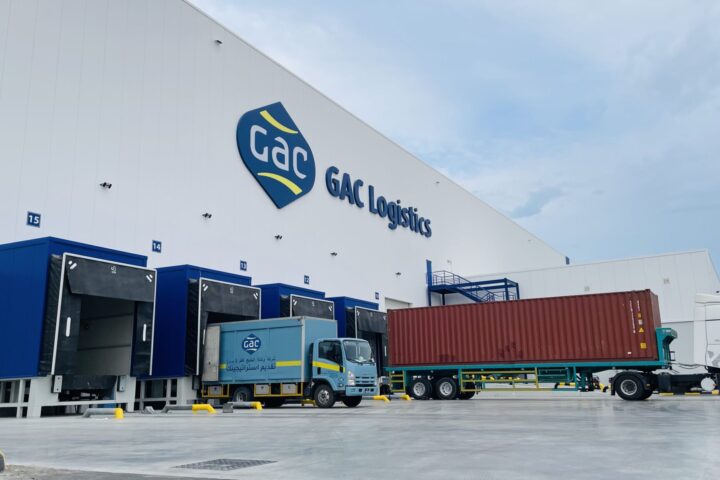Home Hardware Store and Coca Cola Canada Bottling are both satisfied with the performance of the electric Class 8 trucks they’ve put into service, but government incentives are needed to encourage further investment.
In fact, Coca Cola has electric trucks sitting in a dealer’s yard and won’t take delivery until after the province renews its Écocamionnage program that was depleted of funds and suspended without notice last year.

It has deployed six Volvo VNR Electric trucks out of its Montreal distribution center and planned to expand the fleet to Quebec City when the provincial incentive program was suddenly suspended.
“We put in the charging infrastructure, the trucks are built but are at the dealership,” said Viren Rodrigues, fleet senior manager, Coca Cola Canada Bottling, speaking at the EV & Charging Expo in Toronto. “There’s quite a bit of uncertainty and that poses a challenge. We will not deliver a return on investment (ROI) without that incentive, so it has caused a little bit of caution at the moment.”
Currently, only B.C. and Quebec offer provincial incentives toward the purchase of electric trucks, which can be stacked atop a federal rebate. Rodrigues said certainty around those incentives is required to justify the investments required to deploy the trucks.
“We put in the charging infrastructure first. When you put that in place, you need to know the incentive is going to be there when you’re ready to get the truck,” he said.
Steve Woodward, fleet sales manager with Volvo Trucks Canada, agreed fleets will struggle to get an ROI on Class 8 electric trucks without government incentives. Such incentives allow the truck makers to increase production volumes and bring down costs.

“We’re seeing a lot of uptake in the two provinces where they have incentives,” he said of B.C. and Quebec. “In those cases, our customers are seeing an ROI typically at around the five-year mark.”
Home Hardware has deployed its electric trucks at its St. Jacob’s, Ont., distribution center, for deliveries to stores within a 100-150 km radius. Ontario doesn’t offer a provincial incentive, however Jason Libralesso, director of transportation, said there are other benefits for the private fleet.
“If we can get to break-even, that’s a win because we know we need trucks to run our business,” he said. “We leveraged incentives from various government streams and without that, it would be very challenging. But we do it for other reasons, too. Dealers love it. Drivers love it.”
The investment also presents marketing opportunities for the Canadian retailer. Libralesso said the corporate fleet looks to lead by example in hopes its store owners will electrify their own company vehicles and install chargers for use by the corporate fleet, dealer fleet vehicles, employees and customers.
The trucks themselves are performing admirably, both companies said. They both rely on Volvo dealers for maintenance, though would like to pull some of those jobs in-house in the future as their technicians are upskilled. Volvo worked with both fleets to run route simulations and ensure the trucks were deployed on the most suitable lanes.
The carriers operate return-to-base routes and charge the trucks at their facilities overnight. Home Hardware adopted a Charging-as-a-Service model with chargers installed at its DC, where it also operates electric shunt trucks. It is hopeful third-party carriers will invest in electric trucks and they’ll have access to those chargers when loading.
Coca Cola built in redundancy and the ability to grow its electric fleets, installing nine charging dispensers for the six electric trucks at its Montreal facility.
“We had some challenges, especially around charging, but nothing that stopped our operations,” said Rodrigues. “Difficulties with the truck and charger communications, but Siemens and Volvo worked together and resolved them.”
Home Hardware runs its trucks for seven to eight years and plans to replace more diesel trucks with electric ones as they are taken out of service. Its long lifecycle enables the fleet to be more patient when it comes to achieving a payback than some for-hire fleets may be.
Woodward urged interested fleets to consider their charging requirements early in the planning stages. A 50-kW charger may work for some but will take seven to eight hours to charge a Class 8 truck. A 250-kW charger, meanwhile, can bring a truck from a 0-90% charge in just 90 minutes.
At Coca Cola, drivers are assigned trucks based on their seniority, and drivers are clamoring to get into the electric vehicles, said Rodrigues.
“One driver has been driving 40 years and he loves driving it,” he said. “He loves how he gets to talk to his grandkids about driving it.”
“I was very surprised how well received it was by drivers,” added Libralesso. “These drivers have a difficult job, they work long hours. Some of the guys have been doing it 20-30 years and now they don’t want to go back [to a diesel]. They come off a day after working 10-12 hours and don’t feel like they’ve been beat up because of the noisy environment. It’s a nice soft benefit.”

